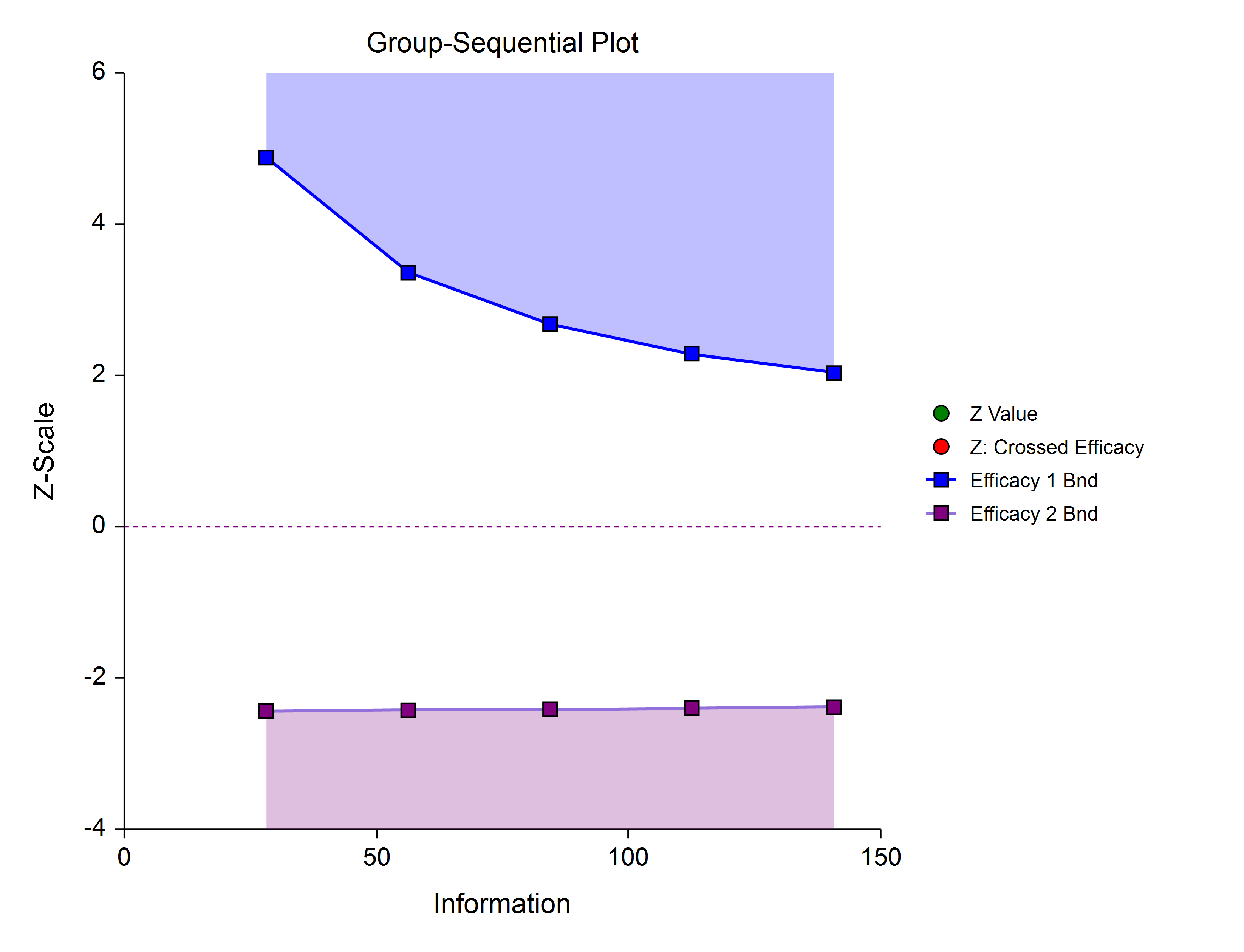

Briefly, SARS-CoV-2 has been detected from a variety of upper and lower respiratory sources including throat, nasal nasopharyngeal (NP), sputum, and bronchial fluid (). SARS-CoV-2 is an enveloped virus containing a single strand of positive-sense RNA, and its diagnostic protocol is a RT-PCR assay, as previously described ().

A widespread testing strategy to screen asymptomatic subjects could be useful in reducing transmission of SARS-CoV-2, but this approach is highly challenging taking into account of the amount of work, time, and cost that it would entail.įor this reason, we propose here a pre-screening strategy which should increase the capacity for clinical laboratories to conduct large-scale diagnostic testing, enough to screen a significant portion of the asymptomatic population. Tracing contacts of known positive cases, travel bans, and social distancing are the main strategies for reducing the risk of contagion by asymptomatic subjects. It is therefore essential that the degree to which asymptomatic individuals affect viral diffusion be evaluated.

Asymptomatic cases play a significant role in infection transmission, also considering that the chance of transmission through inanimate surfaces is less frequent than previously recognised. Asymptomatic spread has likely driven the silent growth of the SARS-CoV-2 epidemic, which emerged only when health systems began to collapse. However, a large percentage of asymptomatic subjects is estimated to exist. In most countries, testing for COVID-19 is mainly restricted to people with symptoms. The overloading to which the laboratories are currently subjected causes a cascade delay of all virus containment procedures with potentially dramatic results for prevention of the infection. The success of these strategies relies initially on viral diagnosis. Active case detection, rapid case isolation, and contact quarantine, as well as rigorous application of infection control practices are successful strategies in controlling SARS-CoV-2 infection outbreaks. The alarming spread of the infection and the severe clinical disease that it may cause have led to the implementation of several measures to reduce the risk of contagion. The infection is predominantly transmitted through large droplets and by contact with infected surfaces or fomites. The pandemic coronavirus disease 2019 (COVID-19) is caused by the SARS-CoV-2 virus.

Our results allow for a customization of the pooling strategy according to the specific characteristics of the cohort being tested. Different scenarios were simulated to measure the effect of different pool sizes and different values for virus frequency. The simulation data presented herein were used to assess the efficiency, in terms of number of required tests, both for random assignment of the subjects to the pools and for situations in which epidemiological and clinical data are used to create "informed" pools. We suggest that a two-step sequential pooling procedure could identify positive subjects, ensuring at the same time significant benefits of cost and time. Here we support the hypothesis that standard diagnostic protocol for SARS-CoV-2 virus could be conveniently applied to pooled samples obtained from different subjects. Consequently, increasing the throughput for clinical laboratories for the purposes of conducting large-scale diagnostic testing is urgently needed. Every successful strategy in controlling the SARS-CoV-2 infection depends on timely diagnosis, which should include testing of asymptomatic carriers. The alarming spread of the pandemic coronavirus disease 2019 (COVID-19) caused by the SARS-CoV-2 virus requires several measures to reduce the risk of contagion.


 0 kommentar(er)
0 kommentar(er)
